
Kogi Kogui People Colombia Photos Editorial
Colombia is a country of diversity and contrast, not only in its landscapes and ecosystems, but also in its cultures and peoples. According to the last census, there are 102 indigenous groups in Colombia, representing 4.4% of the country's population and belonging to 115 different tribes.
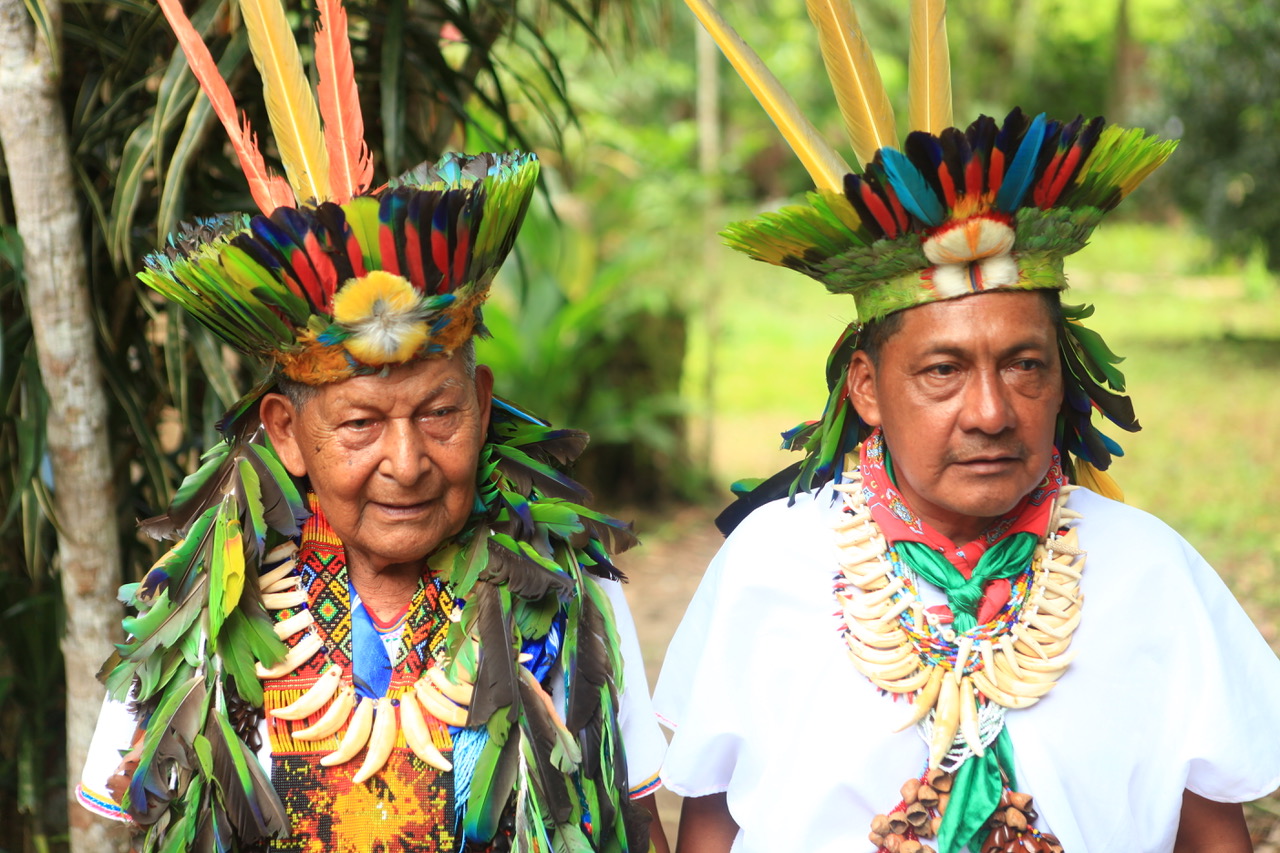
Indigenous Colombians mount a spiritual defense of the Amazon
The Wayuu are the largest indigenous group in Colombia and in Venezuela. According to a 1997 census in. and transport the goods to the city centers. The tribe produces millions of high-quality artisan products every year. This artisan weaving industry plays a vital role in the local economy, and the people are known most for the mochila.

Colombian indigenous women of the Tikuna ethnic group pose for a
1- Arhuacos The Arhuacos, also known as ika or iku, are an indigenous people of chibcha speech and descendants of the culture Tairona . They are located in the northern portion of Colombian territory, in the foothills of the Sierra Nevada de Santa Marta in the departments of Magdalena and Cesar.

Kogi People, Indigenous Ethnic Group, Colombia Editorial Photography
The Wayuu speak Wayuunaiki and are among the biggest indigenous groups in Colombia. Because they never encountered Spanish settlers, Wayuu culture remains largely intact. One of the most significant aspects of the Wayuu is the art of weaving colorful Wayuu Mochila bags.

PRINCIPALES TRIBUS INDIGENAS QUE AUN SOBREVIVEN EN COLOMBIA ole colombia
Beginning in the 1st millennium BC, groups of Amerindians including the Muisca, Quimbaya, Tairona, Calima, Zenú, Tierradentro, San Agustín, Tolima, and Urabá became skilled in farming, mining, and metalcraft; and some developed the political system of cacicazgos with a pyramidal structure of power headed by caciques .
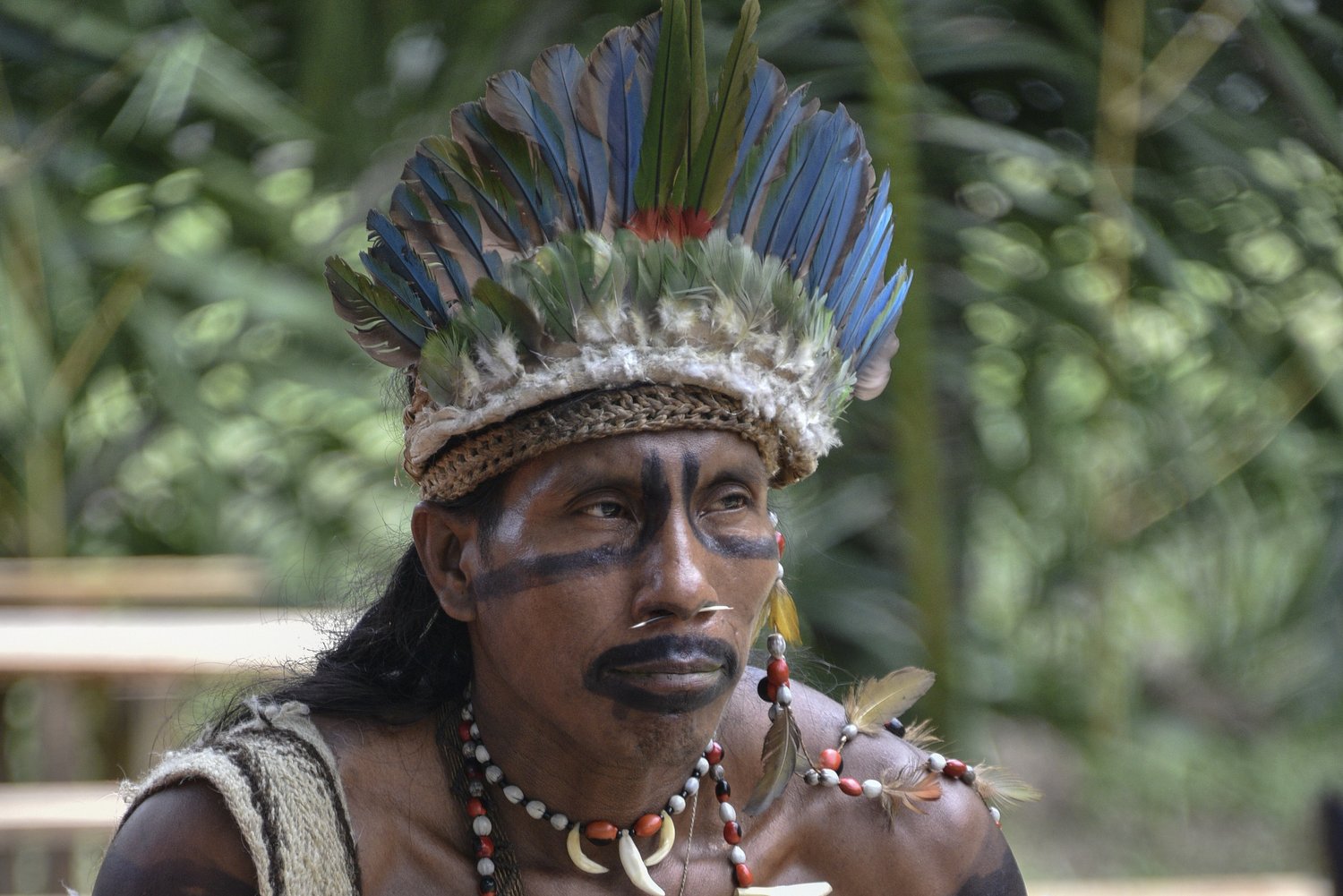
The indigenous population in Amazonia — BohLand Travel Blog I
In Colombia's southern Amazon region, where dozens of indigenous tribes live in self-governing and autonomous reserves that overlap with national parks, the threat to the rainforest has grown.
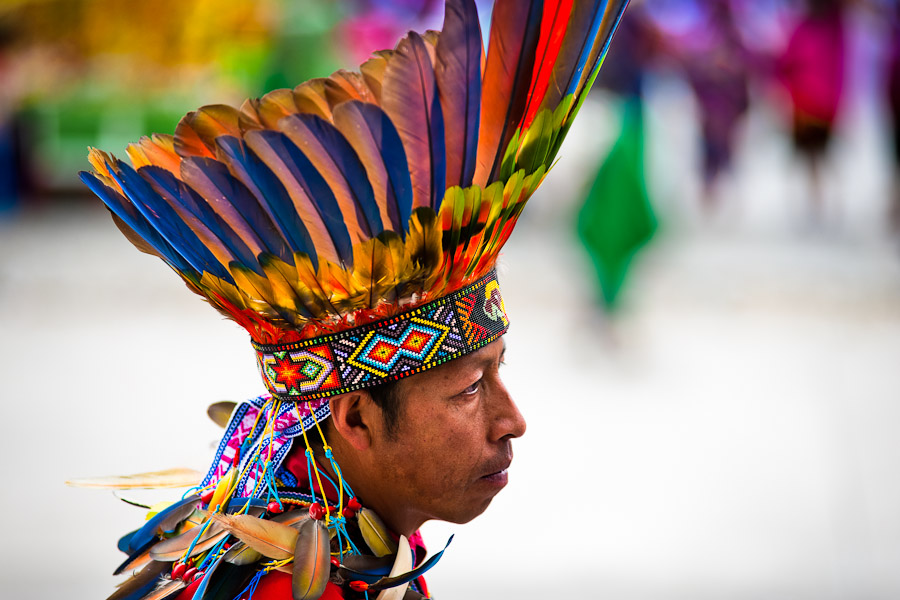
Carnival of (Sibundoy, Colombia)
From the Arhuaco of the Sierra Nevada de Santa Marta to the Zenú of the Golfo de Morrosquillo, Colombia's 87 native tribes represent an indigenous heritage as rich as anywhere in the Americas. While some groups are not receptive to outsiders, others welcome visitors.

The Wiwa An Indigenous Tribe in the Colombian Mountains YouTube
February 1, 2019 21 min read The Race to Save Colombia's Uncontacted Tribes from Outsiders As anthropologists debate how best to protect uncontacted tribes, indigenous groups in Colombia.

MAIN INDIGENOUS TRIBES THAT STILL SURVIVE IN COLOMBIA ole colombia
Very little is given to the various indigenous cultures who were there before the Spanish ever arrived, despite the fact that there are around 1.5 million indigenous people, from over 87 tribes, that make up about 3.5% of the total population.
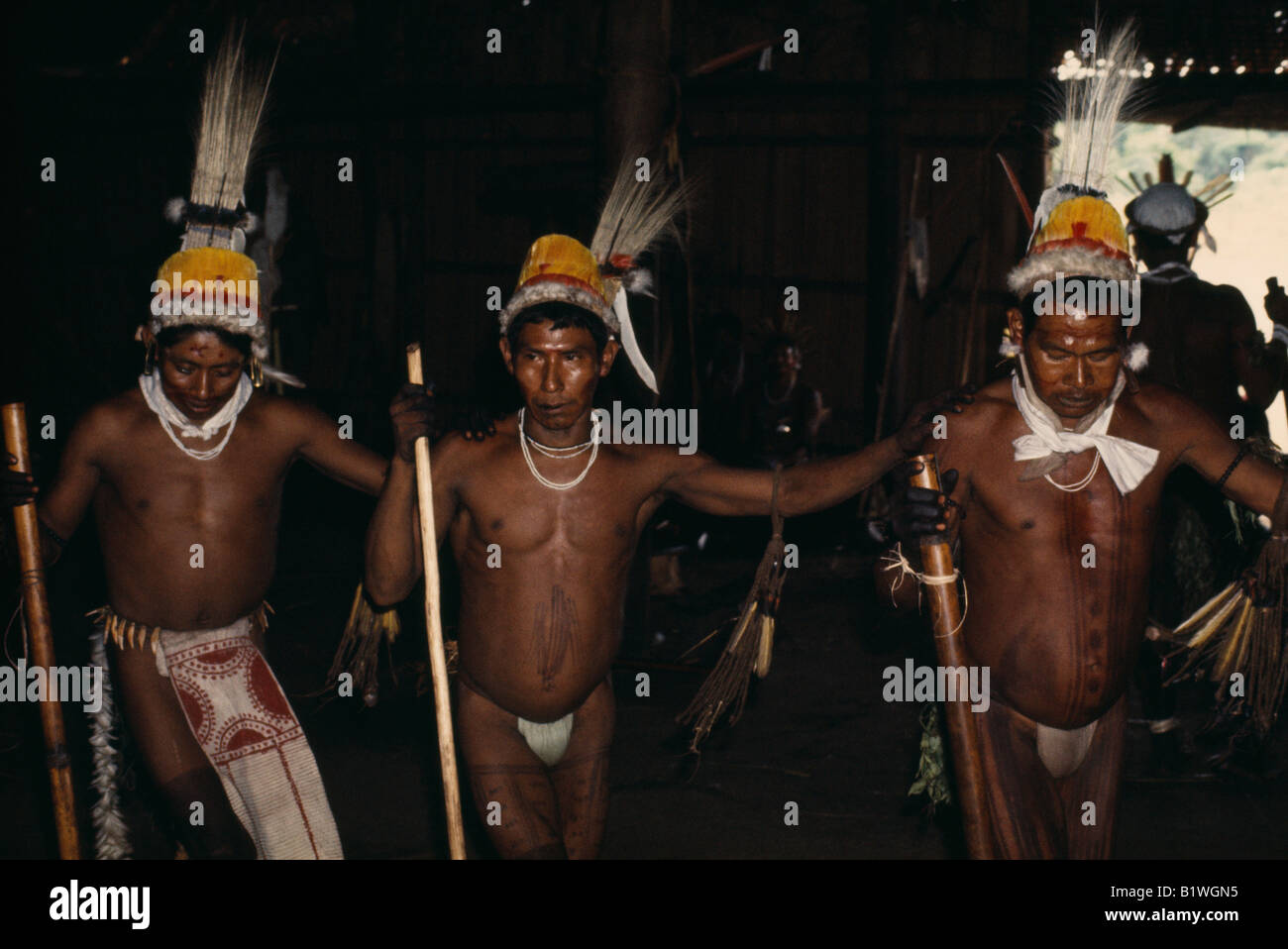
COLOMBIA North West Amazon Tukano Indigenous People Stock Photo Alamy
Indigenous Peoples in Colombia According to the 2018 Census, the Colombian Indigenous population numbers some 1,905,617 individuals who, in turn, belong to 115 different native peoples. Approximately 58.3% of this population lives in 717 collectively-owned resguardos (reserves).

Explore the Lifestyle of the Kogi People of Tayona National Park
The Wayuu tribe is one of the largest indigenous groups in Colombia and is located in the northern part of the country. Their traditional homeland is the Guajira Peninsula, which is shared by Colombia and Venezuela. The Wayuu people are known for their vibrant culture, colorful clothing, and unique language. Wayuu Way of Life
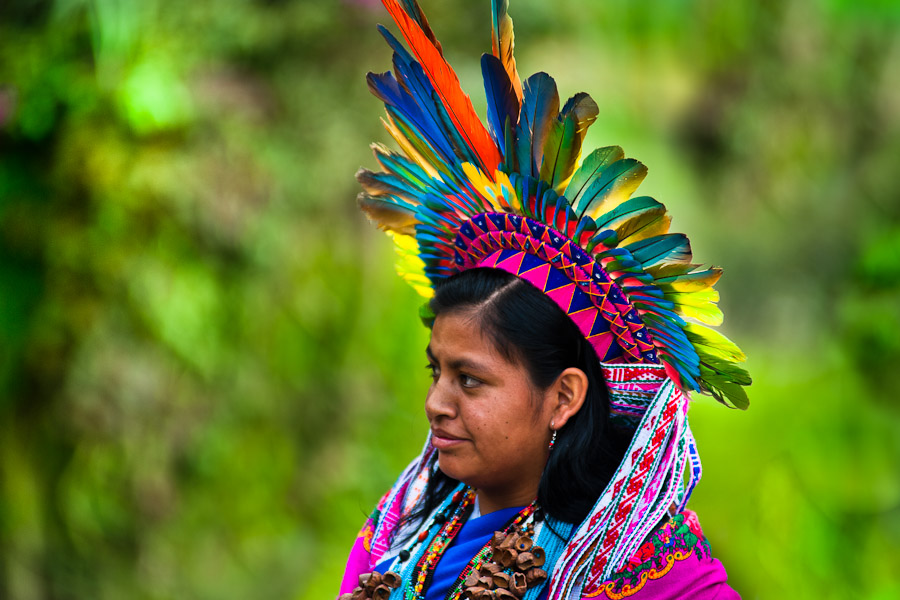
Carnival of (Sibundoy, Colombia)
According to the National Indigenous Organization of Colombia (ONIC), there are 102 Indigenous groups in Colombia. The ethnic groups with the greatest number of members are the Wayuu (380,460), Zenú, (307,091), Nasa (243,176) and Pastos (163,873). These peoples account for 58.1% of Colombia's Indigenous population.
Colombian shaman, , amazon, makuna Stock Photo
The Guambiano - or Misak - are an indigenous people who live in the southern department of Cauca, mostly around the small mountain village of Silvia. This village is the site of a weekly market - always on a Tuesday - when Guambiano people from the surrounding mountains come down to the village to buy and sell goods.

A native from the Kamentsá tribe, wearing a colorful headgear, plays
GUAMBIANOS. Seated in Cauca for the most part, this tribe believes in marriage, in which man can choose his partner unconditionally. Its mother tongue is Guambiano and its cosmogony is based on the dual system, male - female, white - black, hot or cold etc. Its economy is based on the cultivation of corn, onion, potato among others and.
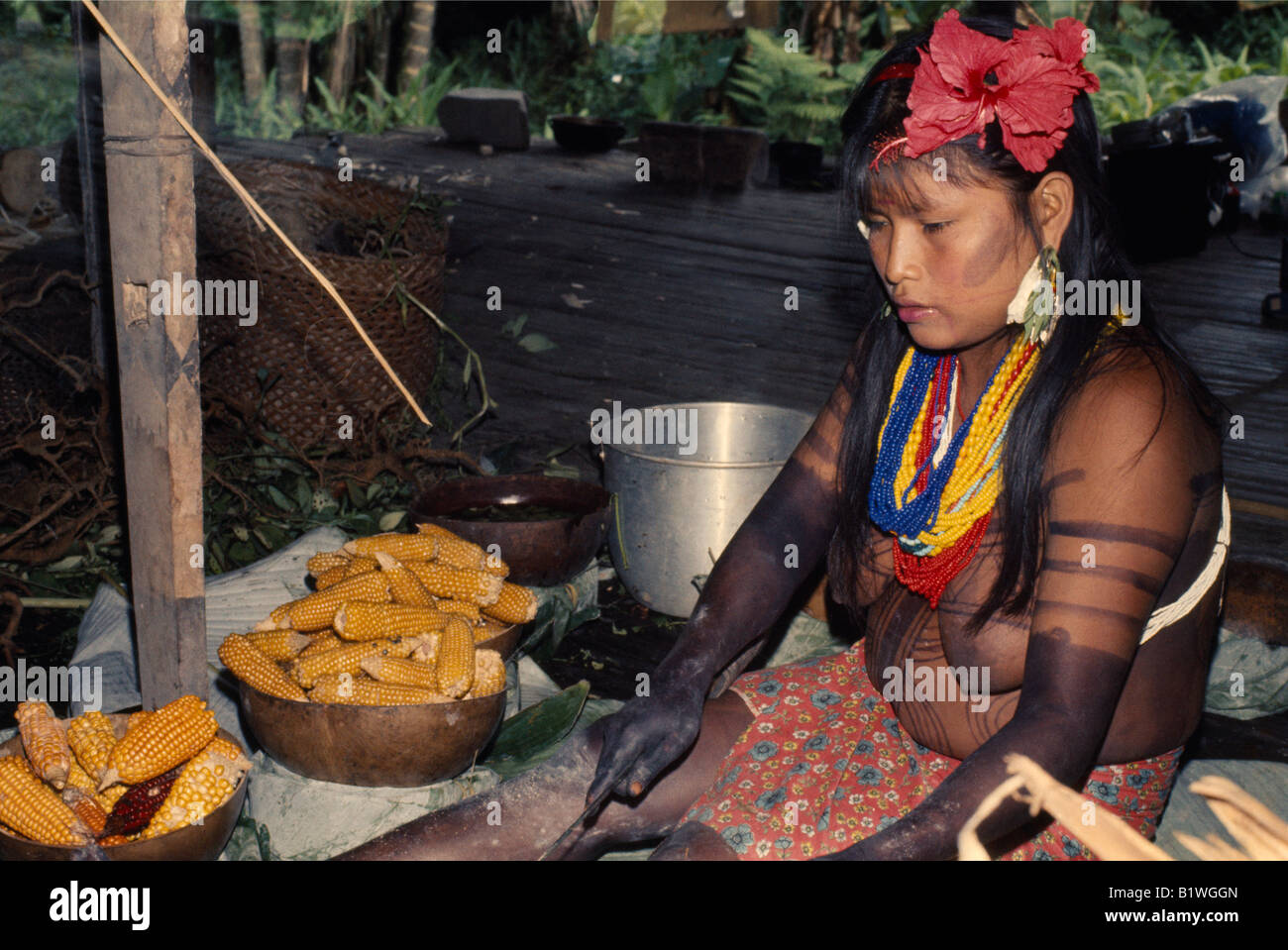
COLOMBIA Choco Embera Indigenous People Stock Photo 18386837 Alamy
In Colombia, both Indigenous Peoples and traditional black, Raizal and Palenquero communities are recognised as ethnically, historically and culturally differentiated groups, with human and territorial rights of a collective nature. According to the 2018 Census, the Colombian Indigenous population numbers some 1,905,617.

COLOMBIA Darien Kuna Indigenous Tribe Stock Photo Alamy
Tucanos/ Tukanos Originating from Brasil, the Tucanos are another tribe living in Colombia's Amazon region. They are one of the indigenous people you can actually visit when coming to El Guaviare. The Tukanos are usually multilingual, speaking up to four different languages.